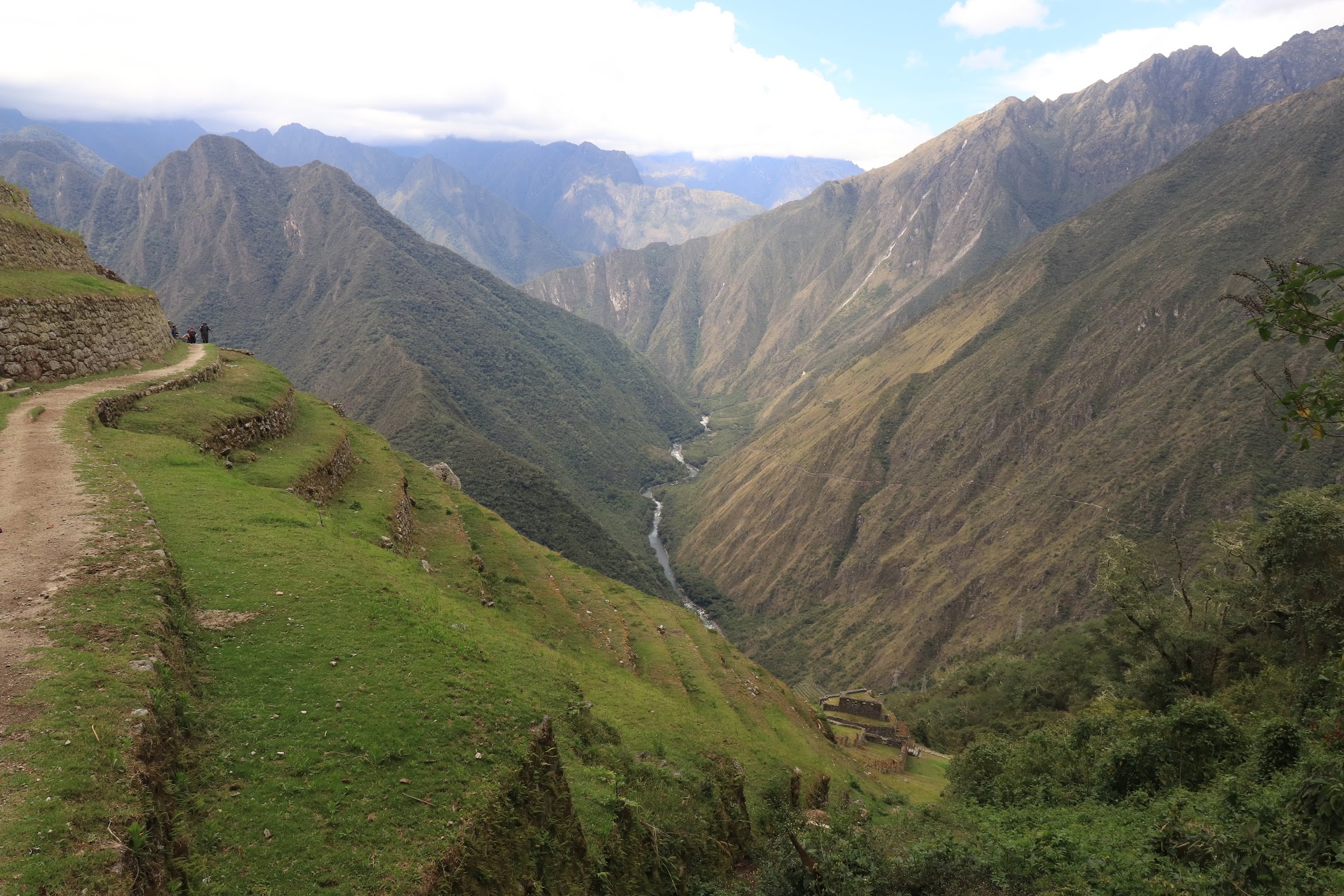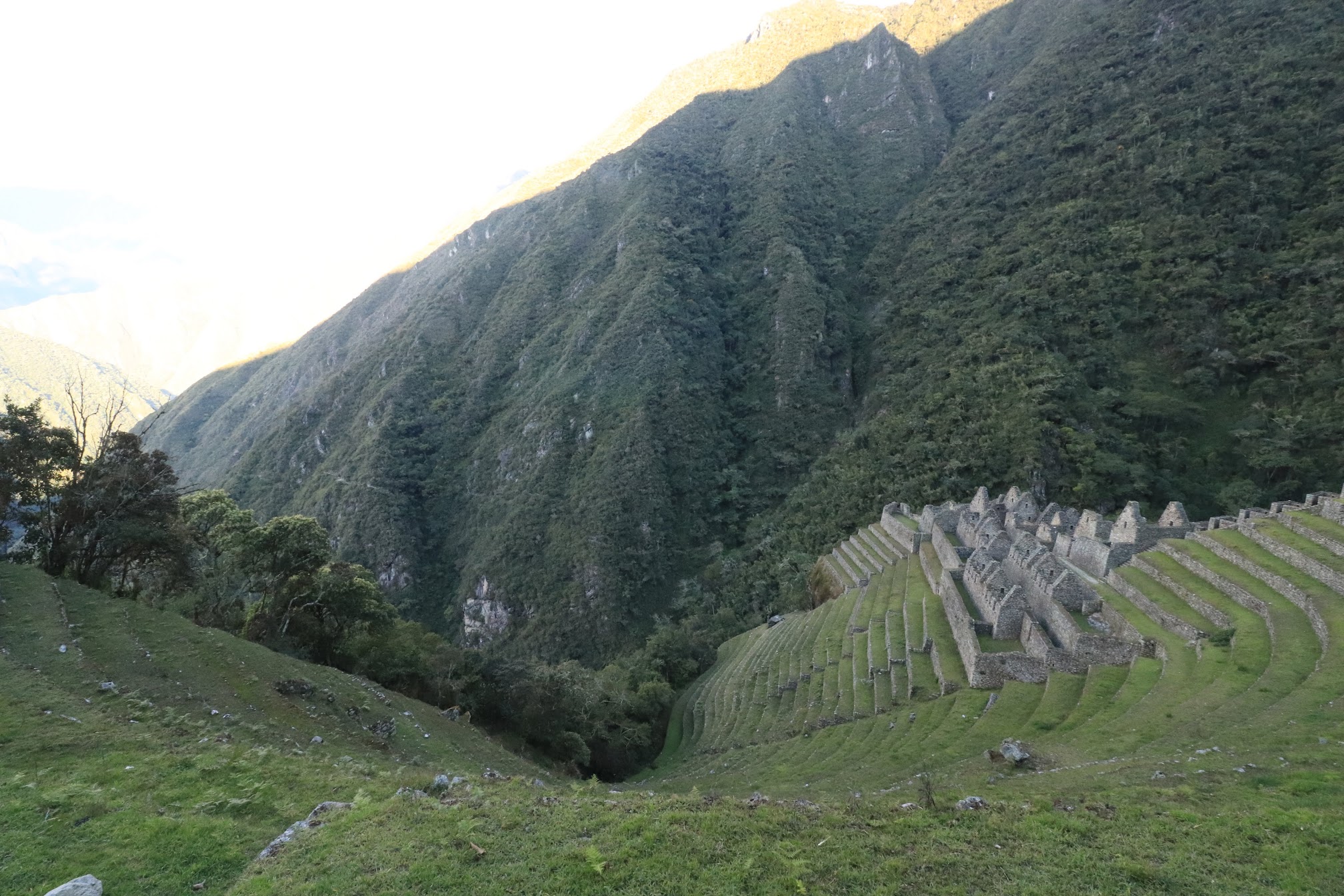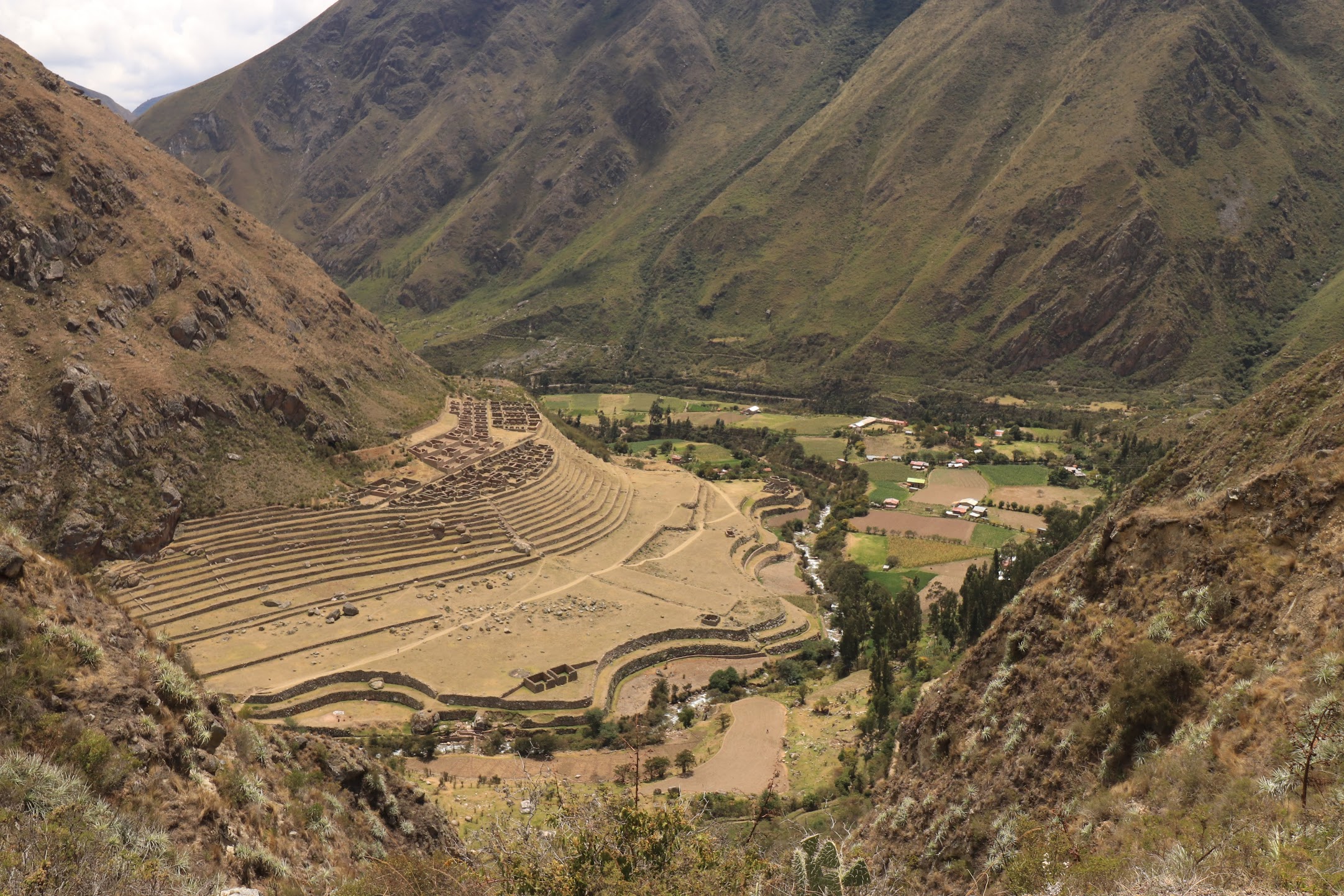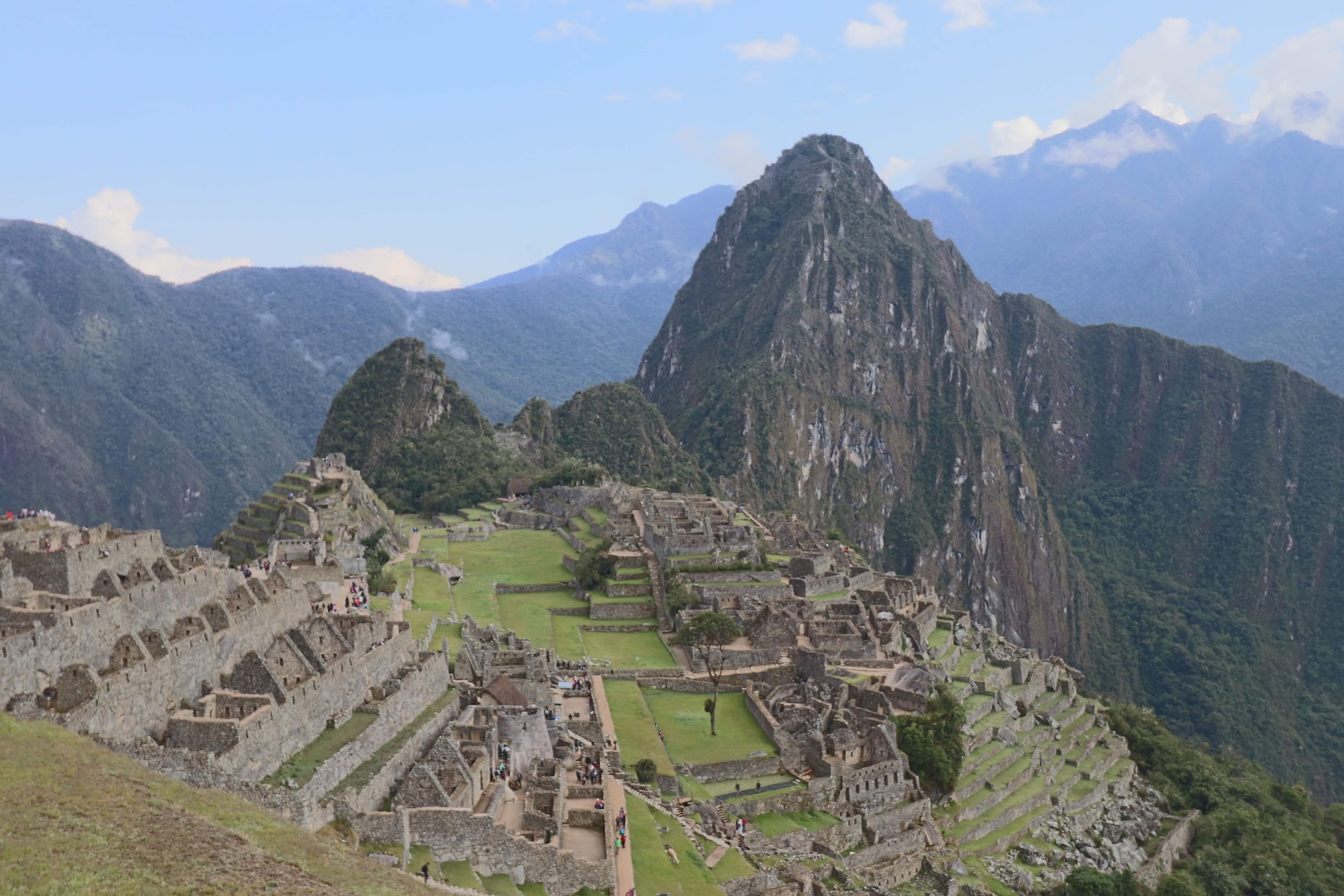A Guide To Inca Trail
The Inca trail is a popular trek in Peru, South America. The trail starts from KM 82 and ends in Machu Picchu. The trail is 26 miles long (42 km), has an elevation gain of roughly 4500 ft and is usually completed over 4 days and 3 nights. I hope this blog post serves as a useful resource for anyone planning this hike.
When To Go
There are 2 seasons in Peru - the dry season (from May to July/August) and the wet season (from Dec to Feb/March). May to July is the peak season to hike the Inca trail and the hike permits run out roughly a year in advance. We went between the dry and the wet season in September - the weather was good (not too hot and didn’t rain all the time) and I believe it was not as crowded as the peak season and we had to book roughly 7 months in advance.
Trekking Operator
The hiking permits for the trail are not directly sold by the Government - instead they are sold by registered tour operators (and there are so many of them). After reading the blog post on Going Awesome Places, we decided to go with Alpaca Expeditions. They were rated #1 on TripAdvisor and it’s obvious - the planning, the service and the food were all awesome.
The Challenges
-
Getting the permits - The permits are sold out 7-12 months in advance (even for the shoulder season).
-
High Altitude - It hits when you land in Cusco (12,000 ft above sea level) - definitely consider spending a minimum of 2 days in Cusco to acclimatize. I’d also recommend drinking Coca tea in the morning (most of the hotels in Cusco have this).
-
Mosquitoes - It is amazing how these small creatures have managed to survive in such high altitudes. And yet on Day 3, as we finished your breakfast, we were surrounded by mosquitoes. Bring mosquito repellent (probably lots of them).
-
Steps - What makes this trail even harder (besides the altitude and elevation) is all the steps - they are uneven and some of them are steeper and its hard on your knees. Practice at home using a stair-master and wear knee braces if you need additional support.
What To Pack
- Passport - They check this before you start the trail and twice on the last day.
- Camelbak / Water Bottle.
- Water-resistant hiking boots.
- Sleeping Bag and Hiking Poles (can be rented).
- 2-3 sets of clothes (carry 1 additional pair of socks)
- 1 QuickDry Towel
- Fleece, Rain Jacket and Down Jacket
- Sun hat and Wool hat
- Headlamp (IMPORTANT)
- Poncho
- Sandals to wear at campsite
- Camera
- Toiletries - Sunscreen, Mosquito Repellent, Toilet Paper, Moisturizer, Chap-stick, Wet wipes, tooth brush and paste.
- Daypack
- Earplugs - recommended!
The Inca Trail
So why do the Inca trail? If the incredible scenery or watching the sun rise over Machu Picchu from the sun gate isn’t enough, I’d recommend doing it to learn about the Inca civilization. There were a lot of archaeological sites along the way - Patallacta, Runkurakay, Sayacmarca, Phuyupatamarca, Intipata, Winay Wayna, Inti Punku and finally Machu Picchu. Below are my favorite 3 -
- Intipata - Intipata means Sun Terraces and it was mainly an agricultural complex mainly built to supplement food supply to Machu Picchu. We visited this site on Day 3 (just before lunch) and the views from here were simply stunning.

- Winay Wayna - Winay Wayna means Forever Young and we visited this site in the evening of Day 3. This just 3 miles from Machu Picchu and the campsites for the last night are nearby. Great views of the Urubamba river and the valley!

- Patallacta - Patallacta means Elevated Place. Patallacta was an agricultural complex and also included a shrine. This was the first site we saw (within 2 hours of hiking).

Miscellaneous Things
1. How much cash to carry? This depends on how much shopping and other stuffs you’d want to do in Cusco. I’d recommend around 200 USD. We carried around 100 USD in cash (per person) and we wished we could have carried more. You’d need cash to tip the porters, the cooks and the guides for the Inca trail. Quite a few restaurants in Cusco don’t accept credit cards or charge a 4% fee.
2. What are the other places to visit in the Cusco region? There are plenty of places to visit while you acclimatize in Cusco -
- The Rainbow Mountain
- The Sacred Valley - Pisac and Ollantaytambo.
- Skylodge Adventure Suites
- Humantay Lake
3. To Huayna Picchu or not?

Huayna Picchu is the mountain on the right :D If you’re reasonably fit, I think it’s doable (yes, even after 4 days of hiking). We played it safe and decided not to hike the Huayna Picchu but in hindsight, I think we should have gone for this!
Tips
- It’s NOT a race - Take your time on the trail. Enjoy the archaeological sites, the history and everything that the mother nature has to offer.
- Good Gear - A good gear is usually the difference between a good and terrible experience. Even though it rained for a couple of days and even hailed on Day 2, we were fine (for the most part :D).
- Respect the environment - Do not sit on the walls of the archaeological sites and do not leave trash behind.
- Get to know other people - It was great getting to know people from different countries, cultures and backgrounds.
- And most importantly take lots of photos and have fun :)
Kaushik Rangadurai
Code. Learn. Explore
